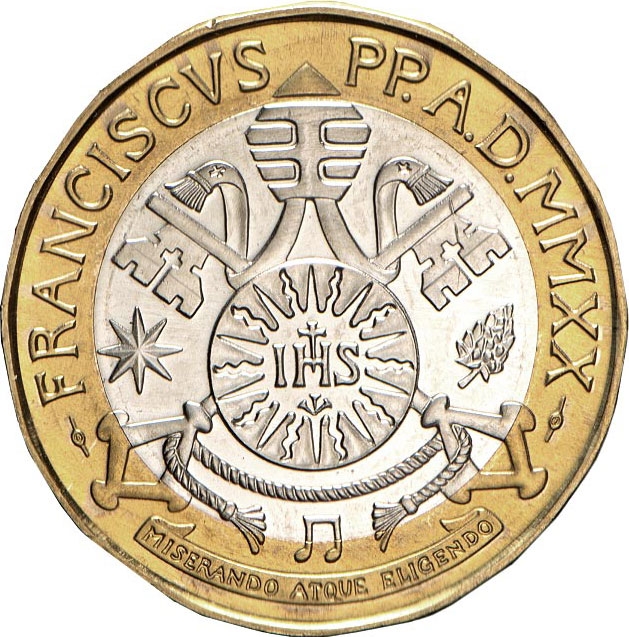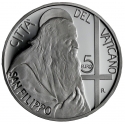You are about to finish your registration. Please check your mailbox (including spam folder). There should be a letter with a confirmation link. Check setting to make sure that your e-mail address is correct.
Send letter againDescription
Ludwig van Beethoven (1770–1827) was a German composer and pianist. Beethoven is acknowledged to be one of the giants of classical music. Together with Bach and Johannes Brahms, he is referred to as one of the "three Bs" who epitomize that tradition. A crucial figure in the transition between the Classical and Romantic eras in Classical music, he remains one of the most famous and influential of all composers. His best-known compositions include 9 symphonies, 5 piano concertos, 1 violin concerto, 32 piano sonatas, 16 string quartets, his great Mass the Missa solemnis, and one opera, Fidelio.
Born in Bonn, then the capital of the Electorate of Cologne and part of the Holy Roman Empire, Beethoven displayed his musical talents at an early age and was taught by his father Johann van Beethoven and by composer and conductor Christian Gottlob Neefe. At the age of 21 he moved to Vienna, where he began studying composition with Joseph Haydn and gained a reputation as a virtuoso pianist. He lived in Vienna until his death. By his late 20s his hearing began to deteriorate, and by the last decade of his life he was almost completely deaf. In 1811 he gave up conducting and performing in public but continued to compose; many of his most admired works come from these last 15 years of his life.
Artist: Orietta Rossi
Engraver: Maria Carmela Colaneri
Obverse

|
Depicts crowned coat of arms of Pope Francis encircled by the Pope's name and date in Roman numerals, to recall the Beethovenian celebration, a musical note below. FRANCISCVS PP.A.D.MMXX |
|---|---|
Reverse

|
Depicts a portrait of Ludwig van Beethoven inspired by a portrait of Joseph Karl Stieler (1820), the pentagram in the background shows a piano - the instrument most loved by the German genius - and a fragment of the score of the famous composition Für Elise dating back to 1810. The inscription "CITTA' DEL VATICANO" (Vatican City) above, Beethoven signature and a quill pen below. Mintmark (R) on the top left, value bottom left, engraver and artist name and initials (INC is the Italian abbreviation for the engraver) below the portrait. CITTA' DEL VATICANO |
| Edge |
Characteristics
| Type | Commemorative Issue (Non-circulating) |
| Material | Bi-Metallic |
| Ring | Bronzital |
| Center | Cupronickel |
| Weight | 9.52 g |
| Diameter | 27.5 mm |
| Thickness | 2.15 mm |
| Shape |
|
| Sides | 16 |
| Alignment | Medal |
| Mint |
Italian State Mint and Polygraphic Institute (IPZS)
|





